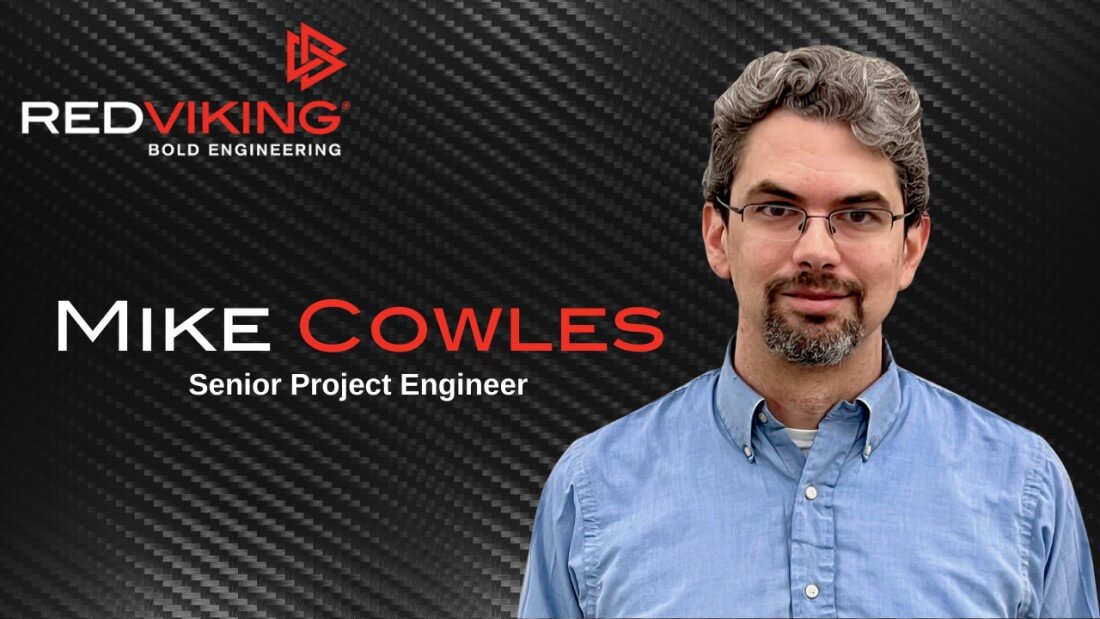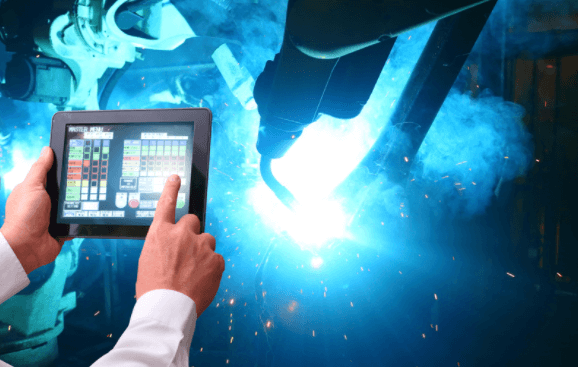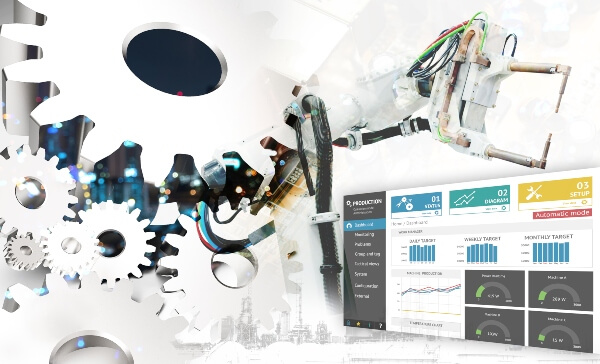“It can be overwhelming to think of the Industrial Internet of Things (IIoT) as an all-encompassing solution.”
This is an excerpt from an article in Smart Industry, featuring Greg Giles, Executive Director of MES / Argonaut at RedViking. We chatted with Greg about taking those first steps into digital transformation. Take a look… “It can be overwhelming to think of the Industrial Internet of Things as an all-encompassing solution,” says Greg Giles, executive director of Manufacturing Execution Systems (MES) and Argonaut for RedViking. “So what a lot of our customers do is find a system that’s going to provide them with new functionality to solve one particular problem—perhaps a single cell or on a single machine. Even if integrated with their existing MES or SCADA package, this allows them to get their feet wet and get started with the technology.” Smart Industry: What’s an example of an application somebody could start with one machine? Greg: Well, if they wanted to start with one machine, they could use an IIoT gateway to pass information of metrics of current operational conditions from that machine to an IIoT broker or an MQTT broker. That information is subscribed to by their SCADA so that data can be collected and analyzed as it trends over time. Smart Industry: So they could start with one machine with sensors and/or a PLC. And what do they need in order to put that into place? Greg: It’s pretty simple. They would need a gateway on the plant floor that would read information from a PLC or a bank of sensors and push that information to a server stack in the IT room or in the cloud. The server stack would need to include a gateway such as an MQTT broker. And then their SCADA clients could subscribe to information published by that broker. Smart Industry: In terms of physical devices, what gets the data off the PLC? Greg: There are gateway devices that several manufacturers create. RedViking creates an IIOT gateway on our Argonaut software platform.
Smart Industry: What if enterprises want to get started with one operation that has multiple machines in it?
Greg: It’s really the same thing. Perhaps looking at something in a bigger system, a customer might want to think about how to configure what data is read. In that case, a system like Argonaut allows a user or an operator at a plant to configure a batch of devices at a time and push new configurations from a centralized repository. But, on the top end, it’s all the same MQTT broker. Smart Industry: Is it all the same for an assembly line if you’re going to do an entire line or an entire set of operations? Greg: Yeah. It’s usually best started on a single machine to find best practices and templates that fit, then replicate those across the line or a set of different machines or different operators. Smart Industry: What kind of fears do people have about taking their first steps into smart manufacturing / Industry 4.0? Greg: Often, people fear what they don’t know. It’s easy to understand how a process works when it involves taking a piece of paper out to the plant floor or moving binders around operators. But it’s extremely inefficient and extremely prone to error. Sometimes people worry that if they transform the manufacturing space into a digital environment, it won’t be intuitively obvious how things happen. There’s a concern that it will take highly trained and highly educated people to understand and make changes to an automated system. But with the appropriate systems in place it’s much less prone to error, much more robust and much more efficient. And it’s every bit as intuitive (if not more so) because you’re not bound to the long-time operators who know how everything works in your manual system. Smart Industry: So how do people overcome those fears? Greg: If you don’t have the talent in-house, find a supplier who you trust based upon their history of work, and what they bring to the table. And treat the vendor as a partner who can help steer your company’s processes and procedures to modern standards. Typically, looking for a low-cost solutions integrator will shoehorn you into the bottom end and is not going to help you grow. If you view a systems integration team as a partner, not as a one-time implementer, you’ll find that you can learn a lot and end up with better systems. Smart Industry: Can smaller and new manufacturers take advantage of digital transformation as much as the big players? Greg: They are actually in a better position in a lot of scenarios. A lot of bigger players have legacy systems in place, where there is probably a significant investment to move from decades-old technology to current technology, whereas a lot of smaller manufacturers are still in the “sneakernet” of paper-based manufacturing processes. So leveraging new tech where they can distribute applications to one machine at a time, creating standards along the way, will have an immediate positive impact for smaller and newer manufacturers. They won’t be weighed down by old technology and they’ll appreciate a flexible, scalable approach to manufacturing data. Smart Industry: Which industries have taken the lead in adopting IIoT? Which are lagging? Greg: We see a lot of movement in the process world. They’ve definitely taken the lead. We see less adoption of IIoT in the discrete manufacturing world, for the reasons I talked about earlier. But that doesn’t mean there’s not a place for it. I would say a strong place for IIoT would be in OEE or Factory Information Systems. It’s one-way communication. We publish information instead of using laggy systems, and that enables people to capture a lot of data and act on it quickly for production improvements. So instead of having a large, bloated manufacturing-analytics or process analysis software application, you enable independent authorized users to capture and analyze the data they can use to have an impact. You don’t have to hire expensive programmers who are experts in your particular MES software.







